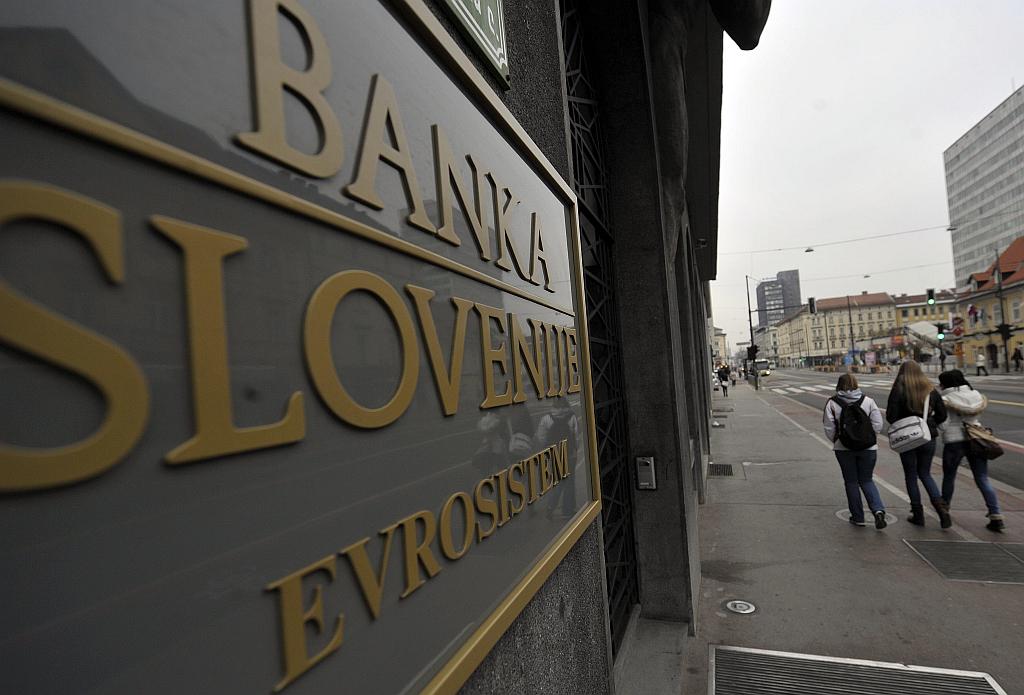
The euro zone member's economy grew about 2.5 percent last year, rebounding after two years of recession. Slovenia narrowly escaped an international bailout in 2013 when local banks almost collapsed under a large amount of bad loans. The government said in December it expects growth of 2 percent in 2015, while the central bank forecast 2015 growth at 1.3 percent in September.
"Domestic economic growth is still based mainly on external demand and can therefore lose the impetus amid uncertain economic recovery of Slovenia's main trading partners," the Bank of Slovenia said in a statement after its bi-weekly board meeting. Slovenia exports about 70 percent of what it produces, mainly to other European Union states. Its major exports are cars, car parts, pharmaceutical products and household appliances.
To ensure long-term growth, Slovenia must lower its budget deficit, restructure over-indebted companies, ease a credit crunch and tackle unemployment, the central bank said. The government said last month that it plans to reduce budget deficit to below 3 percent of GDP next year from some 5.3 percent in 2014, when it was pushed up by state recapitalisations of two local banks. In 2013 the government poured more than 3 billion euros into mostly state-owned Slovenian banks in order to avoid a bailout.
The central bank also said banks might have to make additional provisions for bad loans as Slovenian firms remain highly indebted. Local banks had 6.2 billion euros of bad loans at the end of September, the latest data available, which represented 15.7 percent of all loans. "This shows the need for banks to be more active at resolving bad loans by selling them or writing them off at a faster rate," the central bank said.
Reuters


































































